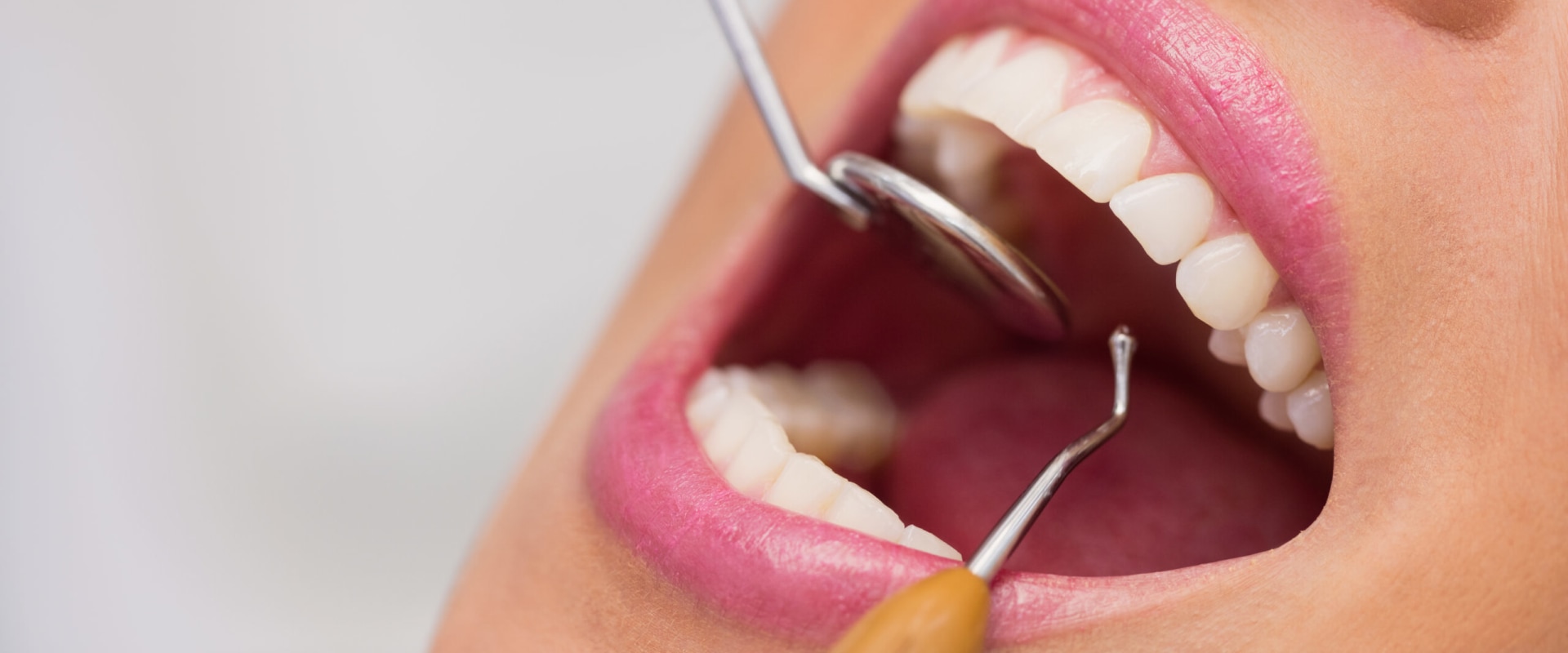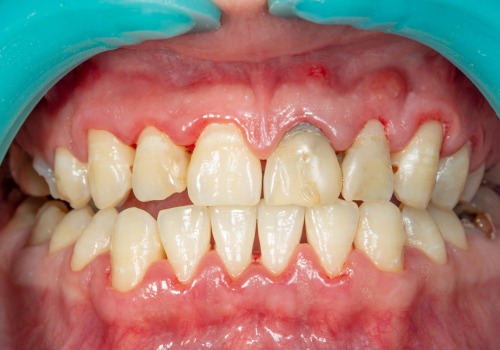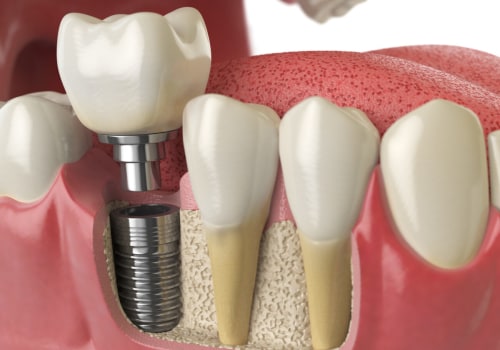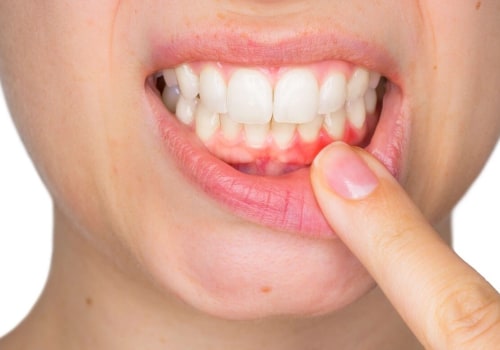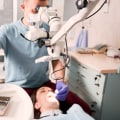Periodontics is a branch of dentistry that focuses on the diagnosis, treatment, and prevention of gum disease. Depending on the symptoms, there are a variety of treatments and procedures that fall within the scope of periodontics. These range from complex surgeries to deep cleanings, desquamation, root smoothing, tray placement systems, and more. Not all periodontal treatments involve surgery.
For instance, in the early stages of gum disease, periodontal treatments may include deep cleanings, desquamation, and root smoothing. This helps to remove as much plaque and tartar as possible from periodontal pockets. It also works to smooth the root of the tooth and eliminate toxins. Complementary therapy such as antibiotics or antimicrobials may also be used.
Scraping and root smoothing are effective in combating bacterial toxins. This process involves precise cleaning of root surfaces to remove plaque and tartar. It may be followed by complementary therapy such as systemic antibiotics or host modulation. Most periodontists agree that many patients will not need additional treatment after exfoliation and root smoothing, but ongoing maintenance therapy is necessary to maintain their health.
The placement of dental implants involves the use of an artificial tooth root. This root is placed in the jaw, where it connects to the maxillary bone in a process called osseointegration. After the healing period, an artificial tooth is attached to the implant post.
Regeneration
is a periodontal surgical procedure in which the periodontist bends gum tissue to eliminate bacteria.Everything from membranes to tissue-stimulating proteins to bone grafts can be used to reactivate the body's inherent ability to regenerate bones and tissues. This periodontal surgery requires the use of gingival tissue outside the area to be treated. Gum tissue is extracted from the palate or other source and used to cover the root that is exposed. Soft tissue grafting can be performed on one or more teeth to level the gum line and minimize sensitivity.
One of the symptoms of periodontal disease is gum recession, which can expose the roots of the teeth and trap bacteria below the gum line. Gum graft surgery (gingival grafting) is used to replace lost gingival tissue in cases of moderate to severe gingival recession. Advanced gum disease attacks the bones and soft tissues that support teeth and gums. Once the gums begin to separate from the tooth, pockets form that can trap bacteria and increase the risk of infections and other oral health problems.
Pocket reduction procedures remove plaque or tartar and close the pouch so that the gums and teeth come back together firmly. There are many options available for periodontal surgery, and which one is best for you depends on several factors including your specific case, your comfort level, and your budget. After completing their dental studies, periodontists receive up to three additional years of specialized training in surgical and non-surgical periodontal procedures to treat gum disease. Periodontal surgery is a dental procedure designed to restore both the appearance and function of teeth, gums, and bones damaged due to serious gum disease.
